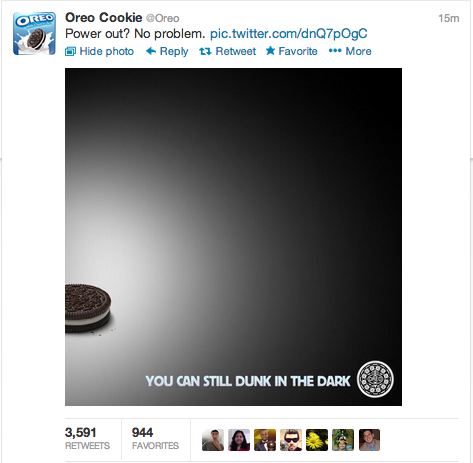Years ago, advertising didn’t contain any element of immediacy. To get an ad in front of the public took time, whether the medium was print, a billboard, or a television/radio spot. Advertising was planned and purchased for the long term. For a company to respond to any event in a timely manner was nearly impossible. In the mid-90s, the internet, followed by the dawn of digital cameras, video, and printing, changed all that.
Today, decades after the digital revolution began, companies that didn’t adapt are either gone or soon will be. Companies born on the internet, like Amazon or iTunes, thrive while their brick and mortar counterparts close.
One of the reasons for the success of digital retailers is their ability to quickly adapt to change by trying new promotions, selling new products, and rapidly responding to comments received on social media. Companies who only stick to the ad plan they created 10 months ago will be left behind.
While an exact definition of agile marketing is hard to pin down, three key elements are:
- Responding quickly to fluid situations or events
- Testing new ideas regularly, and changing course when necessary
- Valuing data over conventional wisdom
Advertising analysts suggest 10% of marketing should be responsive in nature, requiring companies to stay on top of trends, issues, problems, and events, and always being ready to respond.
In the middle of a 34-minute blackout at the 2013 Super Bowl, Oreo tweeted this:

This photo was retweeted 15,000 times in 14 hours. Consider the urgency of that situation, which, as Ashley Friedlein from Econsultancy points out, “required resources and processes (including, for example, sign off on any such ‘campaign’) to respond to something that was not planned and out of office hours.”
While social media provides opportunities to change course and be immediately responsive to events, it’s also possible for companies to demonstrate agility on a large scale. For example, the speed of digital printing made it possible for BMW to quickly and memorably respond to this challenge from Audi:

Effective responses can be as small as connecting one-on-one with individual customers, or may require a team of writers, designers, and artists to create attention-grabbing landing pages, eblasts, tweets, or even billboards.
Finally, companies have the opportunity to test and fine-tune their online ad strategy without anyone noticing. Experiment freely and analyze the data. If you’re posting to social media, what day and time are readers most responsive? What images resonate with visitors to your home page? Do videos or photos attract more attention? Do customers stay on a page longer if you use a certain font or background color? Change one element at a time, keep an eye on the data, and don’t be afraid to try new things, remembering that tastes change over time, so what works today may not work in six months.
If you’d like help staying agile in 2017, the professionals at McFadden/Gavender Advertising have the talent and resources to keep you ahead of the curve.



